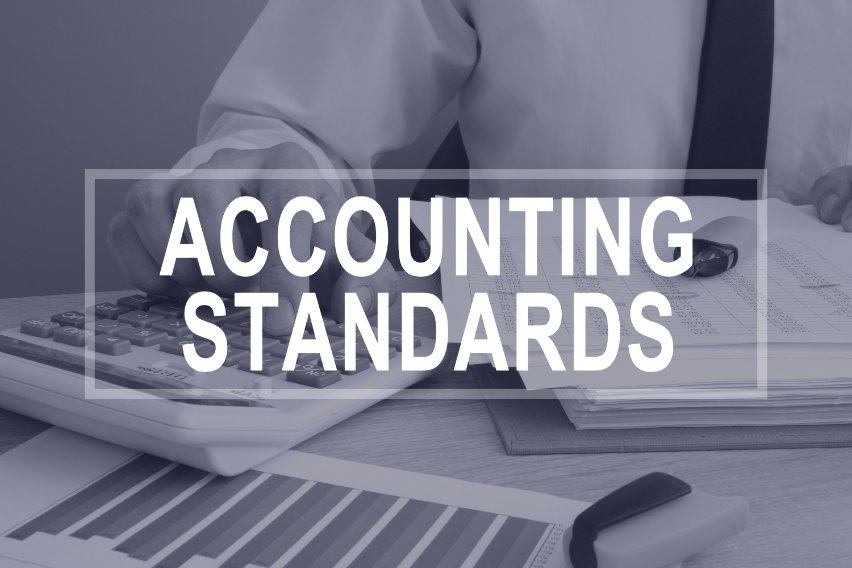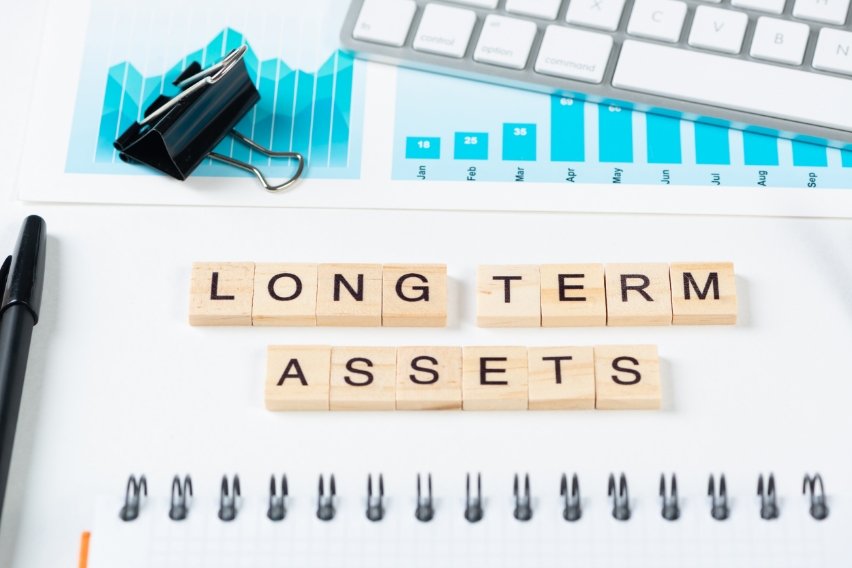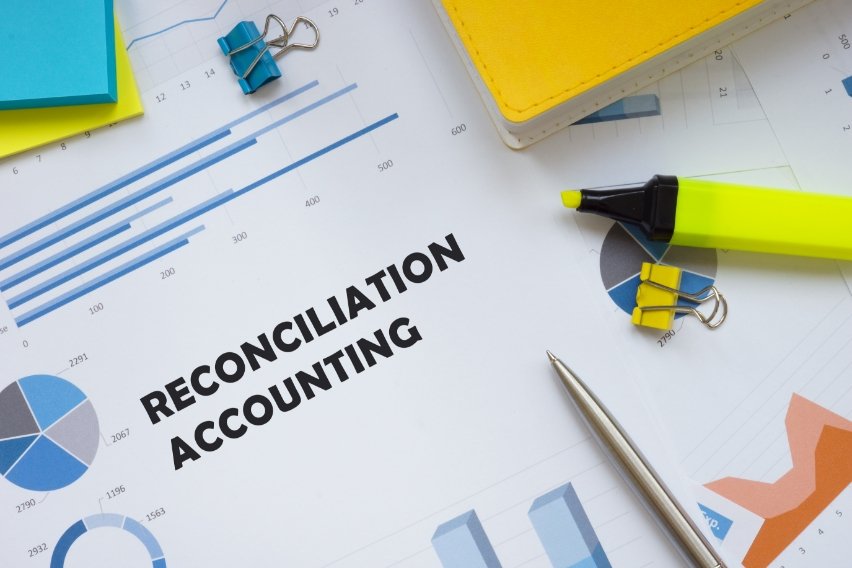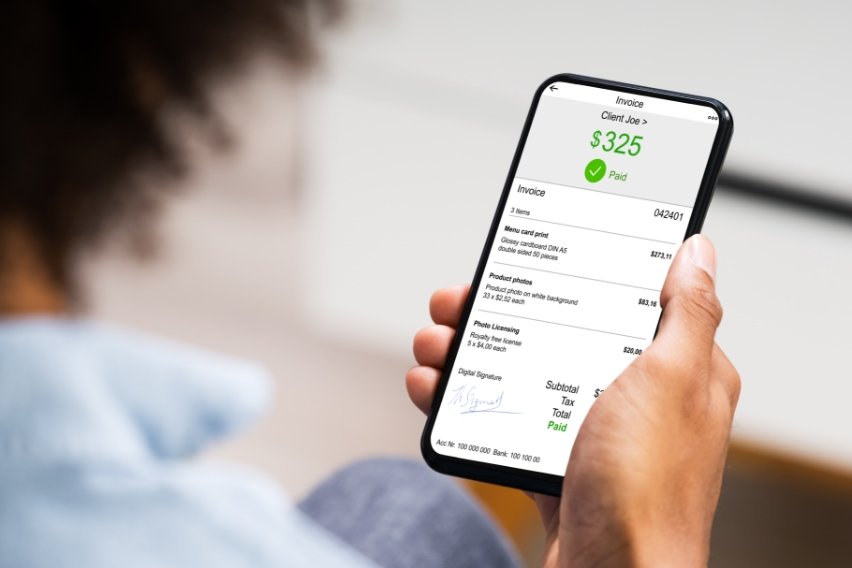Departmental Accounting: Definition, Types & Methods

Having departmental accounts can assist with organising financial information. This helps you to better understand your financial position. Departmental accounting also helps when it comes to forecasting. This can include gross profit, net profit, and organising departmental budgets.
It works for both large organisations and small businesses to determine performance. Keep reading to learn all about departmental accounting. We’ll cover the types, methods, advantages, and more!
Table of Contents
What Is Departmental Accounting?
Methods of Departmental Accounting
Advantages of Departmental Accounting
Objectives of Departmental Accounting
What Is Departmental Accounting?
In a departmental accounting system, each department has its own book of accounts. A business creates and keeps separate accounts for various divisions within its organisation. Doing so will help assess each division’s performance fairly.
To create financial statements for the company, separate books of accounts get combined. The goal is to keep track of all the costs and income in a different book of accounts. This makes it easier and more accurate to assess each branch’s profitability. Plus you can determine what’s operating below capacity and search for ways to improve.
This type of accounting system is best for businesses with several activities. Many goods can get manufactured when there are various branches under a single roof. Departmental accounting lets you track costs and performance.
For instance, a textile sector may produce a variety of textiles like wool, cotton, and jute. With departmental accounting, you can track the performance of each.
Types of Departments
Within the overarching concept of departmental accounting, there are 2 primary types. These are independent departments and dependent departments. Let’s take a closer look at how each of these works.
Independent Departments
These are the departments that don’t use resources from other departments. They also don’t transfer resources to other departments.
They are independent of the other departments and perform specialised tasks. For example, these might be the legal department or research department.
Dependent Departments
These are the departments whose activities are close and where resources get transferred. This could occur between:
- Departments for production and purchasing
- Operations and production
- Sales and marketing
The output of a single department becomes the input for another department. This must be valued at a transfer price, which implies there’s no profit component. And you calculate the value added by the department based on cost.
Methods of Departmental Accounting
There are 2 methods of departmental accounting used by businesses around the world. The first is separate departmental accounting. And the second is columnar books departmental accounting.
Separate Departmental Accounting
The first method consists of using separate books for each individual department.
This system maintains a separate set of books for each department and treats each as a distinct unit. At the end of the accounting period, expenses and revenues get calculated. This gets done for each department in the overall accounts.
Each department needs to have a separate accountant to keep the accounts accurate. This kind of accounting can be very expensive. For example, an insurance business must maintain specific accounts.
Columnar Books Departmental Accounting
The second method is keeping the department accounts in one central accounts department. With this method, an organisation creates the books of accounts using separate columns.
Essentially, each department gets its own column. Larger organisations cannot utilise this strategy since it results in several confusing columns. This approach is best used by smaller organisations with fewer accounting transactions.
Smaller businesses may keep the organisation’s central accounting in columnar format. In this system, accounting books have distinct columns. These are for sales, purchases, and stock expenses.
Advantages of Departmental Accounting
There can be several advantages to departmental accounting. Advantages will often depend on the type of business and how many different departments you have. However, there are some primary benefits that occur no matter the situation.
- Growth Potential: You can compare more than one department to explore future growth potential.
- Planning and Control: Better control is possible via the availability of separate cost and profit information. As a result, you can accomplish effective management by using departmental accounting data.
- Justification of Capital Outlay: Management can receive insights into capital outlay. One of the biggest benefits here is that they can do this for each department.
- Judgement of Efficiency: You can determine effectiveness by calculating the stock turnover ratio. Each department does this independently.
- Evaluation of Performance: Based on trade results, each department’s performance will get assessed independently. You may do this in an attempt to boost the sales of the division making the most money.
A company divides the work among its departments. Each department creates its own separate accounts. They’re then used to assess its performance on a standalone basis. Each and every area of the organisation could become more effective as a result of this.
Objectives of Departmental Accounting
The primary objectives can vary depending on the specific business. But some of the main objectives of a departmental accounting strategy include:
- Evaluating Performance: The relative performance and revenue of each department get calculated using the data. These findings aid in evaluating each department’s financial performance.
- Evaluating Growth Potential: The growth potential of a department in comparison to others can get calculated. You do this by using the accounting results of various departments. The commission or incentives that departments receive depend on how well they’re performing. Employee incentives can get determined with the use of departmental accounting.
Key Takeaways
A departmental accounting system helps organise separate accounts in an organisation. It’s a job that the finance department carries out.
Departmental accounting is a way to compile accounting information from different departments. Looking into departments gives insights into growth potential and capital outlay.
Departmental accounting helps evaluate performance and efficiency. It also evaluates the overall growth potential between the departmental accounts. The 2 primary methods are separate departmental accounts and columnar books departmental accounting.
FAQs on Departmental Accounting
Why Is Departmental Accounting Important?
One of the most important aspects is the ability to know each department’s profitability. This is valuable information for investors to help make more informed decisions. It also helps organisations become more efficient.
What Are the Differences Between Branch Accounting and Departmental Accounting?
Departmental accounting gives insights into each individual department. Branch accounts look into the results of each branch. Branch accounts are a subset of departmental accounting.
Why Is Departmental Accounting Prepared?
Preparing it helps to compare expenses between departments and compare growth potential. This allows organisations to receive actionable information about what works and what doesn’t.
RELATED ARTICLES



 Accounting Income: Definition, Types & Calculation
Accounting Income: Definition, Types & Calculation Accounting Standards: Definition & History
Accounting Standards: Definition & History Property, Plant, and Equipment (PP&E): A Complete Overview
Property, Plant, and Equipment (PP&E): A Complete Overview What is Turnover in Business? Importance & Calculation
What is Turnover in Business? Importance & Calculation What is Reconciliation in Accounting?
What is Reconciliation in Accounting? Top 5 Free Accounting Software for South Africa
Top 5 Free Accounting Software for South Africa